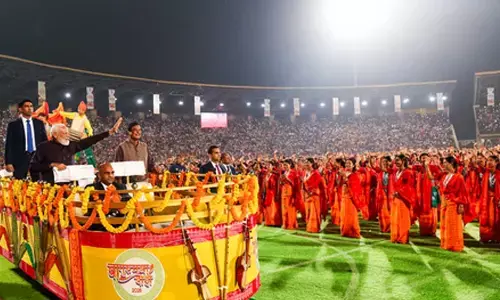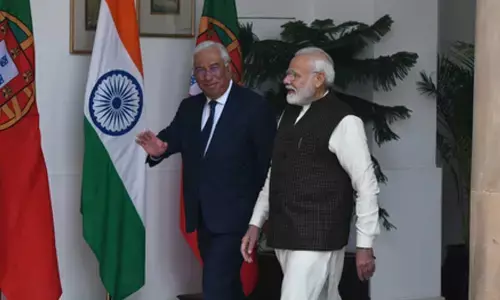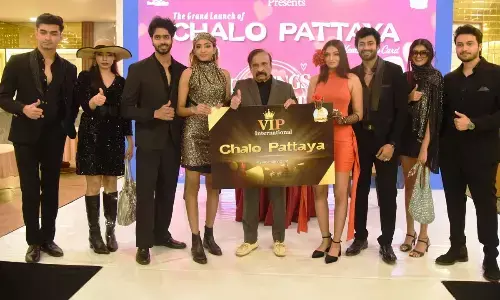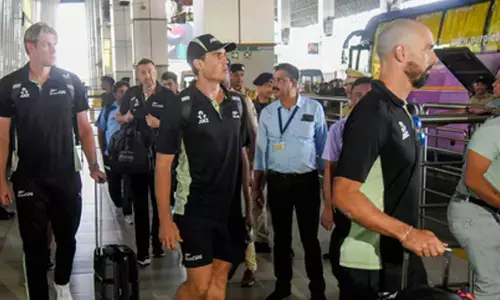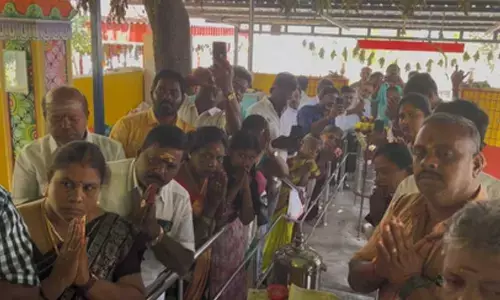Bringing puppets to life
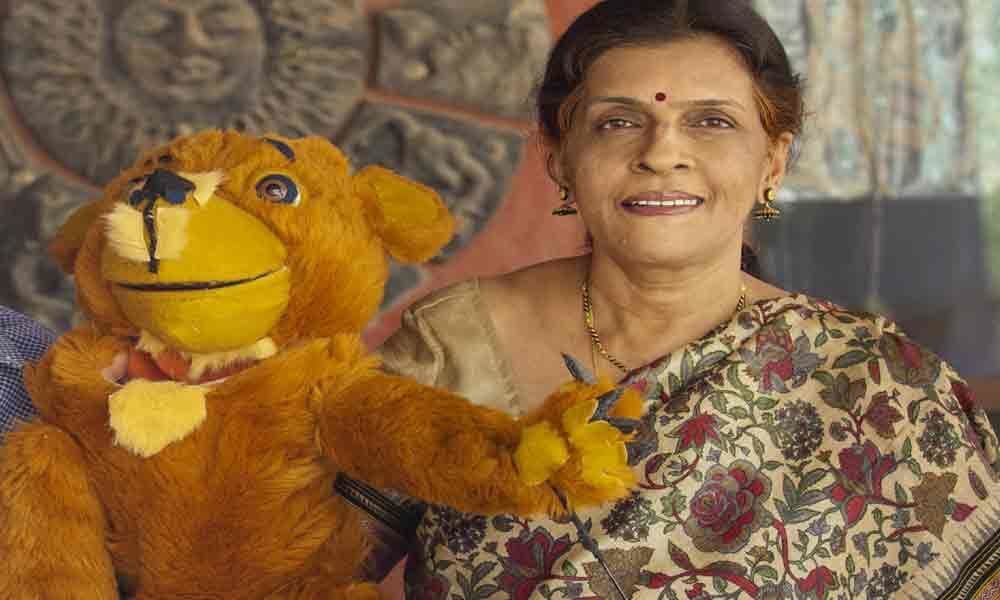 Bringing puppets to life
Bringing puppets to lifeThere are many who like to tell a story and many who love to listen to one. And each time a story is retold it acquires a new colour and a fresh dimension. And Ratnamala Nori, founder, Nori Arts and Puppetry Centre, started making puppets and telling stories which she geared up as a little girl from her grandmother and she tells the same stories to her grandchildren but with a few embellishments of her own.
Born in West Godavari and raised in Mumbai, Ratnamala relocated to London after marriage. After a brief period of stay there, she shifted back to Hyderabad and settled here. She worked as an art teacher for 26 in different schools and after retirement, she started her organisation 'The Nori Art and Puppetry Centre' in 1994.
"It was 1986 when I attended the 'National Puppetry Festival' which was organised in 'Bal Bhavan' at Hyderabad. Being an art teacher, I was involved in art projects at Bal Bhavan with the school children I was working with. So, I was approached for help to make puppets for the festival, which were being put up for the first time.
There was hardly anybody with knowledge of puppetry in Hyderabad at the time. It was not a big deal for me to make puppets as I was trained in fine arts. However, manipulating a puppet and bringing it to life was a challenge, which I learnt by trial and error, and exposure to other experts, who came to the festival. In fact, I got deeply involved with the art and after that, there was no looking back," she recalls enthusiastically.
Ratnamala's puppets are as alive as humans. She says, "I had never made a puppet before, nor seen much traditional puppetry, but having watched 'Sesame Street' (American television series) along with my two young children during my stay in London, I was familiar with 'The Muppets' and working for the festival made me realise the immense possibilities of puppetry. It is an integrated approach to all the arts both visual and performing. Bringing puppets to life is fascinating. There is magic in puppetry, I realised this when I actually started my own experiments."
About her puppets she says, "Basically, puppets are of various types traditional and non-traditional. We specialise in making contemporary puppets, mostly, hand, rod, hand and mouth, and shadow puppets amongst other types. We have a large collection of puppets made for our stories from kings, queens, animals, children, sutradaars, dancers, etc.
We have made stories from the Panchatantra, modern stories, stories for dementia awareness, health and social themes. All possible characters." And when it comes to the material she says, "I like to experiment with the material. I use a variety of materials like papier-mâché, thermocol and foam for the heads. Cloth, foam, polyfilla for the bodies and jute, wool and raffia for hair. Sometimes I have to spend time to dye the materials to obtain the colour and texture required."
"To make puppets for our stories, sometimes I take days or even weeks if I am not satisfied. But if anybody requires a simple hand puppet or something which is easy to manipulate or gift to a child it could be made within a day or two. So, there is no hard and fast rule to the time or the material in puppet making."
Her first puppet play was based on a story written by Leo Tolstoy, as in a cultural programme, which was part of her Montessori training. She also conducts workshops not only for children but also for adults. "Anybody can buy our puppets. We can custom design to suit the needs of the customer and make puppets as per their budget," she shares.








